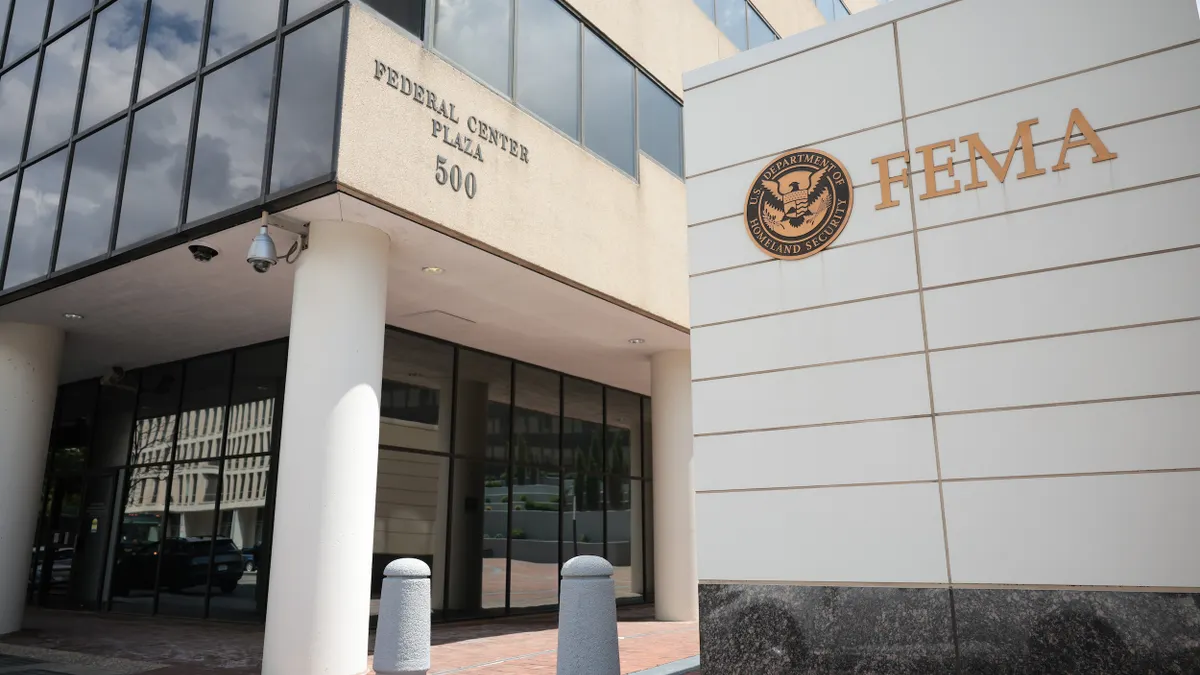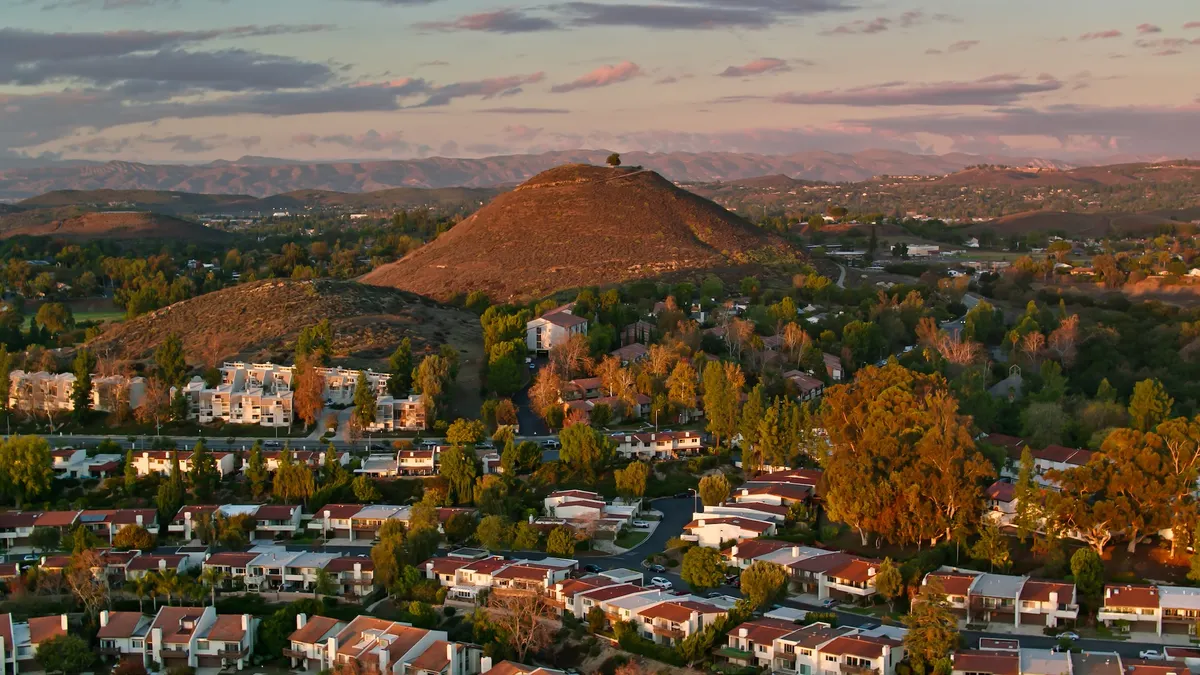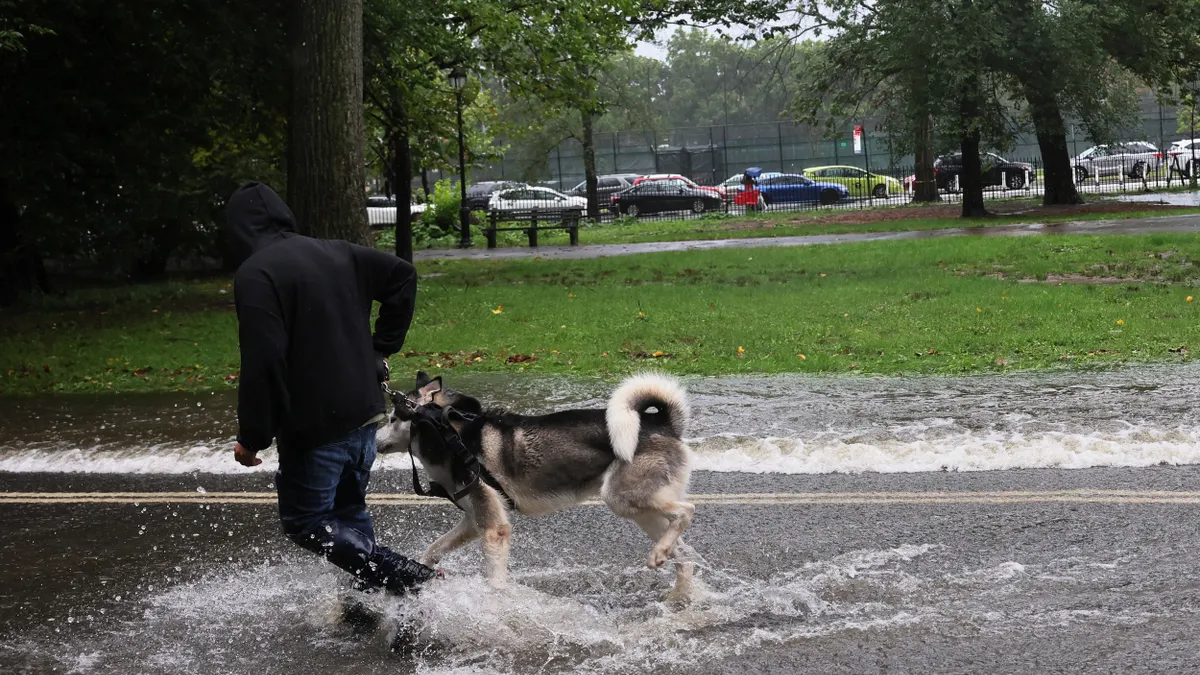Editor's Note: The following is a guest post from Ashvini Saxena, group head at TCS Digital Software & Solutions Group.
While healthcare workers on the front lines of COVID-19 mitigation face shortages of respirators and masks, consumers search in vain for hand sanitizer and toilet paper. But for city leaders thrust in the spotlight, the pandemic is exposing another critical asset in short supply: insights.
When disaster strikes, public officials are in the hot seat to deliver insights in real time, not just recite the latest facts. As we are seeing with COVID-19, city dwellers expect civic leaders to step up with insight and context that will help them understand a rapidly evolving situation and above all, keep them safe.
Data are the raw ingredients of insights, but there is nothing like a crisis to demonstrate how hard it is to make quick sense of a tidal wave of information from every direction. From the latest infection rates (and sadly, fatalities), to 311 information and the status of vital supplies, government leaders are under constant pressure to offer insights from real-time data so they can make smarter decisions.
Wait — wasn't this the value proposition of the smart city?
Analytics and the internet of things (IoT) promised to make quick sense of big data from a newly instrumented urban landscape. A wealth of real-time information was supposed to allow local governments to make more informed decisions that optimized scant resources and improved quality of life.
Yet as the evening news reminds us, the pandemic is leaving local governments around the world sorely lacking insights, impairing their ability to keep citizens safe. Sure, mayors at press briefings dispense a daily dose of soundbites and many are armed with plenty of facts — but is anyone at city hall connecting the dots?
Real-time data analysis can still evolve
Over the last two decades, cities have been plugging all forms of urban infrastructure into IoT. As the idea of "the city as a platform" took shape, open data promised a wave of handy applications. Connected urban ecosystems powered by Big Data and analytics promised to make sense of it all. Cities with exploding populations could stretch resources and make smarter decisions that promoted wellness.
Without question, a lot of progress has been made. Cities can predict when ancient water mains might break and can optimize bus routes; streetlights have been transformed into urban networks; commuters swear by apps that find parking spaces during rush hour. But despite this progress, smart cities typically reflect silos of innovation. Most cities have yet to tap the collective insight across these domains and departments for smarter decision making. They are not able to see the big picture.
The COVID-19 crisis has brought this shortcoming into stark relief. When the volume of real-time data increases, it exposes a widening gap in the ability of city leaders to spot correlations. This is more difficult in a crisis because the volume and speed of data increases as fast as the need to understand it.
With time being a precious commodity, making sense of real-time data as soon as it is captured not only helps citizens stay informed, but can also keep them safe.
To illustrate this point, consider the well-known "flatten the curve" graphic. This data visualization distilled countless data points into a single, compelling insight: taking steps now to slow the rate of infection can save lives.
If connecting data stuck in urban silos was the norm, city leaders would be able to make better decisions using all kinds of data. Going forward, it may be the only way cities can meet the rising expectations of a new generation of taxpayers accustomed to their favorite brands anticipating and responding to their needs and desires at every turn.
Think about it: If a city manager could view real-time data of a water main break beside a map of bus routes, she could take immediate action to reroute buses and notify passengers who use a city app. Analytics could help spot these links and automatically suggest new routes, which she could monitor in real time. Businesses and citizens in the affected area could automatically be alerted and retailers could advise consumers to shop at other locations.
In a pandemic, cities could rely on this powerful knowledge to quickly isolate hotspots, redirect city resources and notify citizens about safe zones or where to buy necessities in short supply.
The power of collective insights
From severe weather events and infrastructure failures to supply crunches and other emergencies, few urban problems occur in a vacuum. Each has multiple repercussions that make it hard for city leaders to make informed decisions because they can't see the big picture. Scenario planning and standard operating procedures can help, but the complexity of urban living means few crises are routine. Each has unique consequences for quality of life.
Fortunately, advances in analytics, artificial intelligence and data management — along with open source technology and low-code environments that simplify programming — now make it easier to deploy smart city platforms that pool insights from different sources. When city information can be overlaid with geospatial data and supplemented with external sources such as CCTV video and social media feeds, an event like a downed utility pole can suddenly be seen in a broader context.
In a rapidly evolving crisis such as COVID-19, tapping cross-domain insights in real time could enable city managers to understand growing concerns among city agencies and residents. This could allow them to take proactive steps such as moving essential supplies to hospitals or alerting police departments about crowds gathering in violation of social distancing guidelines.
As businesses are permitted to reopen, the same approach could help retailers and banks manage the safe return of employees and customers as they resume operations. Smart city technologies that tap into location-based services, health data and sensors could be repurposed to keep them safe — from managing social distancing in confined stores and offices to facilitating contact tracing in the event of an infection or protecting employees during their commute and while on business travel.
It is time for cities to focus less on siloed innovation and more on the power of collective insights. Let's not wait for the next global crisis to ask why city leaders can’t see the big picture.



















